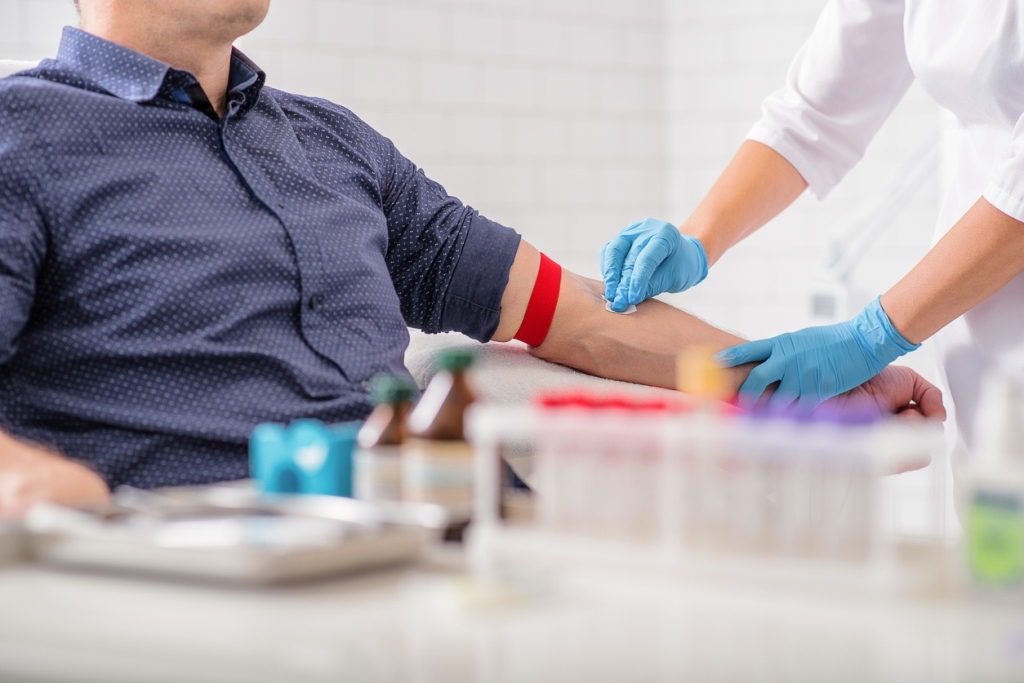How to Become a Certified Phlebotomist: Your Step-by-Step Guide to a Rewarding Medical Career
Embarking on a career as a certified phlebotomist offers a meaningful way to contribute to healthcare and enjoy job stability. Whether you’re just starting out or considering a career change, this guide provides everything you need to know about becoming a certified phlebotomist and launching your medical career with confidence.
Introduction
Phlebotomy is a vital healthcare profession focused on collecting blood samples for testing, transfusions, donations, and research. Certified phlebotomists play a crucial role in diagnostic processes,ensuring patient comfort and safety. If you’re interested in entering the medical field with a relatively rapid training process and strong job prospects, becoming a certified phlebotomist could be the perfect path for you. This step-by-step guide walks you through the requirements,certification process,practical tips,benefits,and real-life experiences to help you succeed.
Understanding the Role of a Certified Phlebotomist
A certified phlebotomist is trained to draw blood from patients for lab tests, blood donations, or medical procedures. The role combines technical skills with compassionate patient care, as phlebotomists often work in hospitals, clinics, laboratories, or blood donation centers. Key responsibilities include:
- preparing patients and ensuring thier comfort
- Correctly identifying patients
- Performing blood draws using proper technique
- Labeling and handling specimens accurately
- maintaining a sterile environment and following health and safety standards
To excel in this role, a blend of technical proficiency, attention to detail, and excellent communication skills is essential.
How to Become a Certified Phlebotomist: Your Step-by-Step Guide
Step 1: Meet the Basic Eligibility Requirements
- Minimum age of 18 years
- High school diploma or equivalent (GED)
- basic computer skills and good communication
Step 2: Enroll in a Certified Phlebotomy Training Program
Select a reputable training program approved by the American Society for Clinical Pathology (ASCP) or other certifying bodies. Courses typically include:
- Classroom instruction on anatomy and physiology
- Hands-on clinical practice with patient blood draws
- Training on safety protocols and infection control
Step 3: Complete Your Phlebotomy Training and Clinical Practice
Most programs require a minimum of 40-120 hours of both coursework and supervised practical experience. Focus on gaining confidence with different blood collection techniques, such as:
- Venipuncture
- Capillary puncture
- Blood culture collection
Step 4: Obtain Certification
After completing your training, apply for certification through a recognized certifying agency such as:
| Certification agency | Requirements | Exam Details |
|---|---|---|
| American Society for Clinical Pathology (ASCP) | completion of approved training and clinical hours | Multiple-choice exam, 2 hours |
| National Healthcareer Association (NHA) | High school diploma + training hours | Computer-based exam, 1.5 hours |
| American Medical Technologists (AMT) | Training program or comparable experience | Written exam, 2 hours |
Step 5: Maintain Certification and Continue Education
Certifications typically require renewal every 2 years, which involves continuing education credits and sometimes re-examination. Staying current with industry standards ensures continued employability and professional growth.
Practical Tips for Aspiring Phlebotomists
- Choose accredited programs: Ensure your training is recognized by certifying bodies for smoother certification processes.
- gain hands-on experience: Practice blood draws on friends, family, or mannequins before working with patients.
- Develop interpersonal skills: Patients often feel anxious; a friendly demeanor can ease their fears.
- Stay organized: Proper specimen handling prevents errors and preserves sample integrity.
- Prepare for exams: Utilize practice tests and study guides from certifying agencies.
Benefits of Pursuing a Certified Phlebotomist Career
- Fast training pathway: Many programs can be completed within a few months.
- High employability: The demand for certified phlebotomists is growing alongside healthcare needs.
- Competitive salaries: Entry-level positions often offer attractive compensation.
- Opportunities for advancement: Progress to roles like donor technician, laboratory assistant, or pursue further certifications in related fields.
Case Study: A Day in the Life of a Certified Phlebotomist
Jenny, a certified phlebotomist working in a bustling hospital, shares her experience:
“Every day brings new faces and situations. I make sure each patient feels cozy during blood collection. my training helped me develop the technical skills and confidence needed.Seeing patients leave with a smile makes the job truly rewarding.”
This demonstrates how certified phlebotomists make a tangible impact on patient care while enjoying fulfilling careers.
Conclusion
Becoming a certified phlebotomist is a rewarding career choice for those interested in healthcare, patient interaction, and technical skills. By following the step-by-step process-from meeting eligibility requirements, enrolling in accredited training programs, obtaining certification, and maintaining your credentials-you can launch a successful career in the medical field. With the continuous growth in healthcare services, certified phlebotomists are invaluable assets to medical teams nationwide. Start your journey today and take the first step toward a stable, meaningful, and rewarding medical career!
